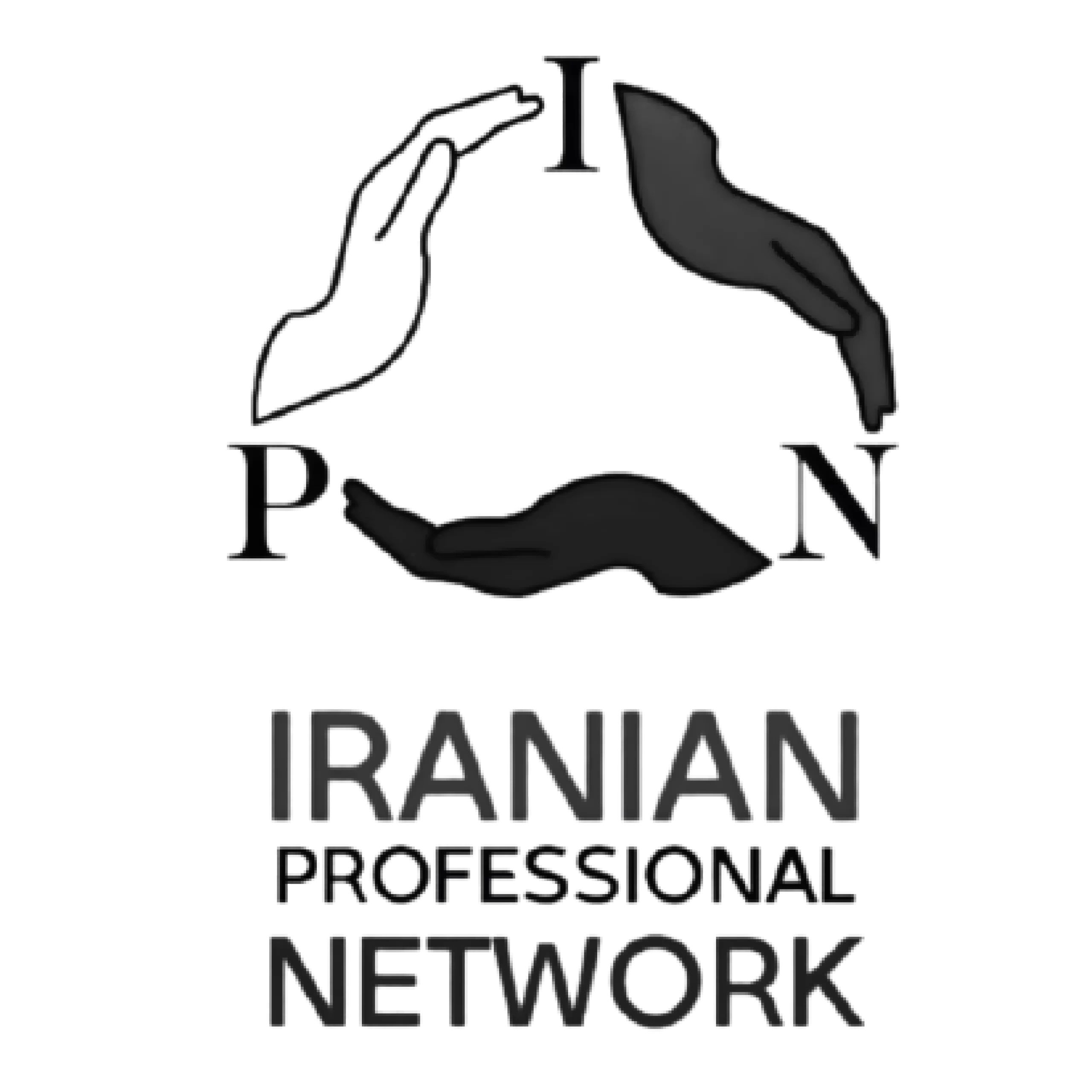In the digital age, user-generated content (UGC) has emerged as a driving force behind successful marketing strategies. From social media platforms to brand websites, user-generated content has transformed how brands interact with their audiences. This comprehensive guide explores the significance, benefits, and strategies behind leveraging user-generated content for brand success.
1. Understanding User-Generated Content:
What is User-Generated Content?
– User-generated content refers to any form of content—such as photos, videos, testimonials, reviews, or social media posts—created and shared by consumers rather than brands. It showcases genuine experiences, opinions, and stories from real users.
The Power of User-Generated Content:
– UGC carries authenticity and credibility, as it reflects real experiences and opinions of customers. It fosters trust among potential consumers, influencing their purchasing decisions.
2. Importance and Benefits of User-Generated Content:
Authenticity and Trustworthiness:
– UGC is perceived as more authentic and trustworthy compared to branded content, as it comes directly from real users who have experienced the product or service.
Enhanced Engagement and Social Proof:
– UGC encourages higher levels of engagement by allowing users to share their experiences. It serves as social proof, validating a brand’s credibility and attracting potential customers.
Cost-Effective Marketing:
– Leveraging user-generated content reduces the cost of content creation for brands while effectively engaging audiences.
3. Strategies for Encouraging User-Generated Content:
Create Shareable Experiences:
– Develop products, services, or experiences that naturally encourage users to create and share content. Contests, challenges, or interactive campaigns can prompt users to generate content.
Leverage Social Media Platforms:
– Encourage users to share their experiences by creating branded hashtags, running photo or video contests, or featuring user-generated content on brand profiles.
Customer Reviews and Testimonials:
– Request reviews and testimonials from satisfied customers to showcase their experiences on your website or marketing materials. Highlighting positive feedback can influence potential buyers.
Engage and Acknowledge Contributors:
– Acknowledge and engage with users who create content about your brand. Responding to their posts, featuring their content, or offering incentives can encourage further participation.
4. Implementing User-Generated Content:
Curate and Showcase UGC:
– Collect and curate user-generated content to highlight the best submissions. Showcase this content on your website, social media channels, or in advertising campaigns.
Obtain Permissions and Rights:
– Obtain permission from users before using their content for marketing purposes. Ensure compliance with copyright and privacy regulations.
Measure Impact and Success:
Track Performance Metrics:
– Monitor metrics such as engagement rates, conversion rates, and reach associated with user-generated content. Analyze how UGC contributes to your marketing goals.
Adapt and Optimize Strategies:
– Based on performance insights, refine your UGC strategies, identify what content resonates best with your audience, and optimize future campaigns.
Conclusion:
User-generated content is a valuable asset for brands, offering authenticity, credibility, and engagement with consumers. By fostering a community of brand advocates, encouraging content creation, and effectively leveraging UGC across various channels, brands can build trust, foster brand loyalty, and drive meaningful interactions with their audience, ultimately leading to business growth and success.






















































